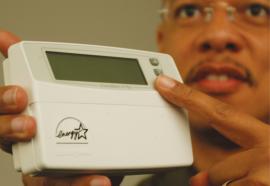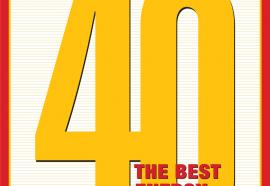Smart Grid at a Crossroads
Refining the business case for advanced distribution investments.
As utilities plan their capital budgets for the next few years, investments in advanced distribution systems face an uncertain future. Customers question the value—and propriety—of some programs, while long-term strategic goals depend on seamless integration. What will be the path forward for smart grid technology?











